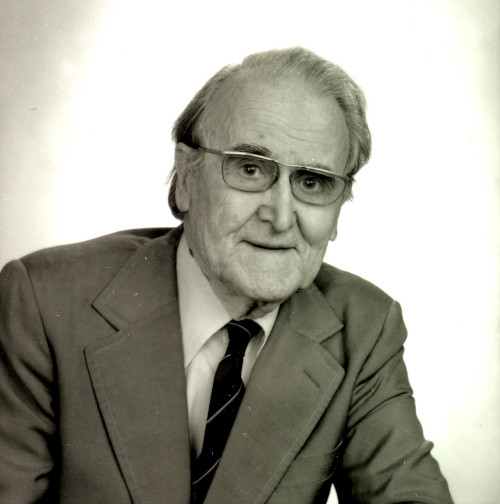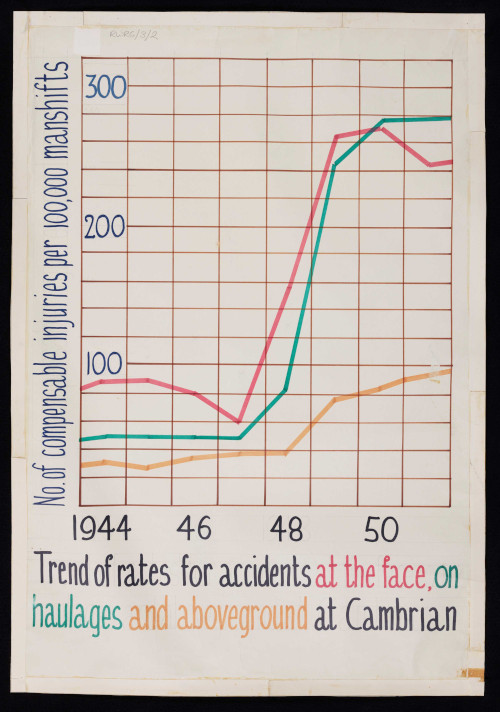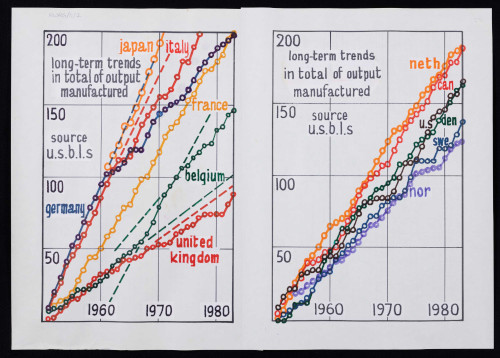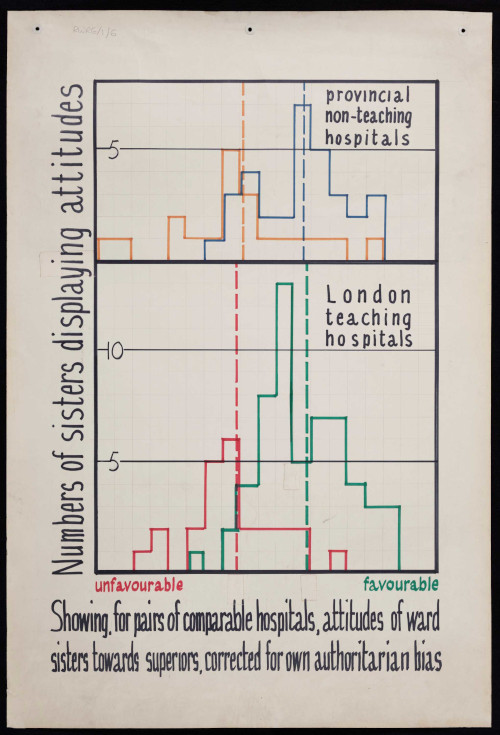Archives Hub feature for April 2025
“It’s only when one is obliged to ask oneself quite fresh questions about what one is doing, that one really starts to learn.” Reginald Revans
Action learning is an approach to problem solving which continues today to be an effective and well-used method. Rather than prioritising ‘expert knowledge’ handed down from higher-ups, the action learning approach values knowledge exchange, asking questions, and reflection.
Reginald Revans (1907-2003) pioneered the action learning movement and continued to preach its values, travelling and lecturing far into his old age. Although it has had lasting power, action learning wasn’t met with praise at the time of its conception, when business minds in the UK looked up to academic principles and expert knowledge. In this environment, Revans’ idea of a meeting of minds across the business hierarchy wasn’t highly favoured. However, his ideas endure and today the principles of action learning are used in the fields of business, industry, education, social work and many more.
The University of Salford archives holds The Revans Collection for Action Learning, a wide collection of materials about Revans, including his published books, personal papers and correspondence. The full catalogue for this collection can be found online. Among the collection are dozens of large flipcharts which Revans himself drew and used during lectures and meetings to display his data and figures. These flipcharts have recently been digitised and are now available on Salford Digital Archives.
The flipcharts take us on a journey through the many sectors Revans applied action learning to, beginning with the coal mining industry in the late 1940s. Revans was the Director of Education for the National Coal Board, and this is where he developed the theory of action learning. Rather than holing up in boardrooms having meetings, Revans wanted to get first-hand experience and knowledge from the miners and chose to begin his work at the coalface instead.
Revans encouraged pitworkers and managers to interface together and learn from each other’s experiences. He tracked trends in figures such as wages costs, number of accidents, and tonnage per man lost in disputes. But we can see from the collection that he was also interested in more qualitative data, such as responses of coal miners to different types of task structures or working group sizes. Pits that adopted an action learning approach were able to boost their productivity by up to 30%.
The next stop in Revans’ career takes us across to Belgium, where he headed up the Inter-University Programme. This was a project to increase Belgium’s economic productivity, which was low at the time. Revans worked with major universities and corporations to adopt an action learning approach to economics which majorly boosted the nation’s economy. Revans was later honoured by the King of Belgium for his efforts. During this project, the flipcharts become incredibly detailed and meticulous. As he tracks the economic progress of several countries, we can see his artistic side shining through in these colourful displays of data.
The Hospitals Internal Communications Programme saw Revans bring action learning theories into hospitals in London to improve both patient and staff experience. Like in the mines, Revans looked at numbers and figures, as well as opinions and feelings, to gather the data he needed. The collection includes graphs tracking trends such as ward sisters’ attitudes, length of patient stays and volunteer management.
The collection also contains two videos of Revans being interviewed at 83 years old about action learning. We presume, due to the presence of a cat in his lap, that the interview takes place in his own home. Revans talks through the basic principles of action learning and uses some of his flipcharts (including the one below) to show how he has applied it in various fields. His quick wit and sense of humour can be seen in these videos, showing a personal side to a great academic mind.
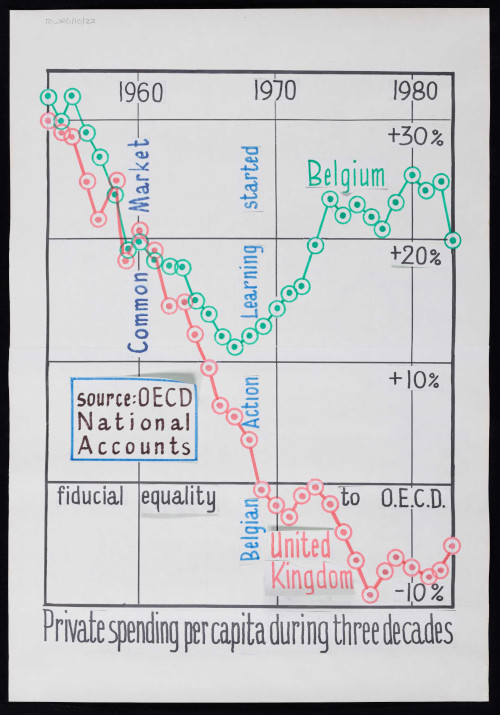
Through The Revans Collection for Action Learning, we can gain an insight into the work and personality of Reginald Revans. The data alone shows the improvements to efficiency he was able to implement in several different fields, however the drawings themselves also show us a lot. His artistic nature is revealed through the diligently hand-drawn, consistent graphs and tables, which contain such detail. In a time where we can produce a visualisation of data at the click of a button, it’s hard to imagine the time Revans must have spent on them, showing his real passion and dedication to his model of action learning.
Rachel Hetherington
University of Salford Archives & Special Collections
Related
Revans Collection for Action Learning, 1960s-1990s
Browse all University of Salford Archives & Special Collections descriptions:
On the Archives Hub (main site)
On University of Salford microsite (Archives Hub repository website)
Previous features by University of Salford Archives & Special Collections
Stanley Houghton Collection and Salford Digital Archives
Archive Collections in the North – Global Change
Copyright: images shown with the permission of University of Salford Archives and Special Collections.

